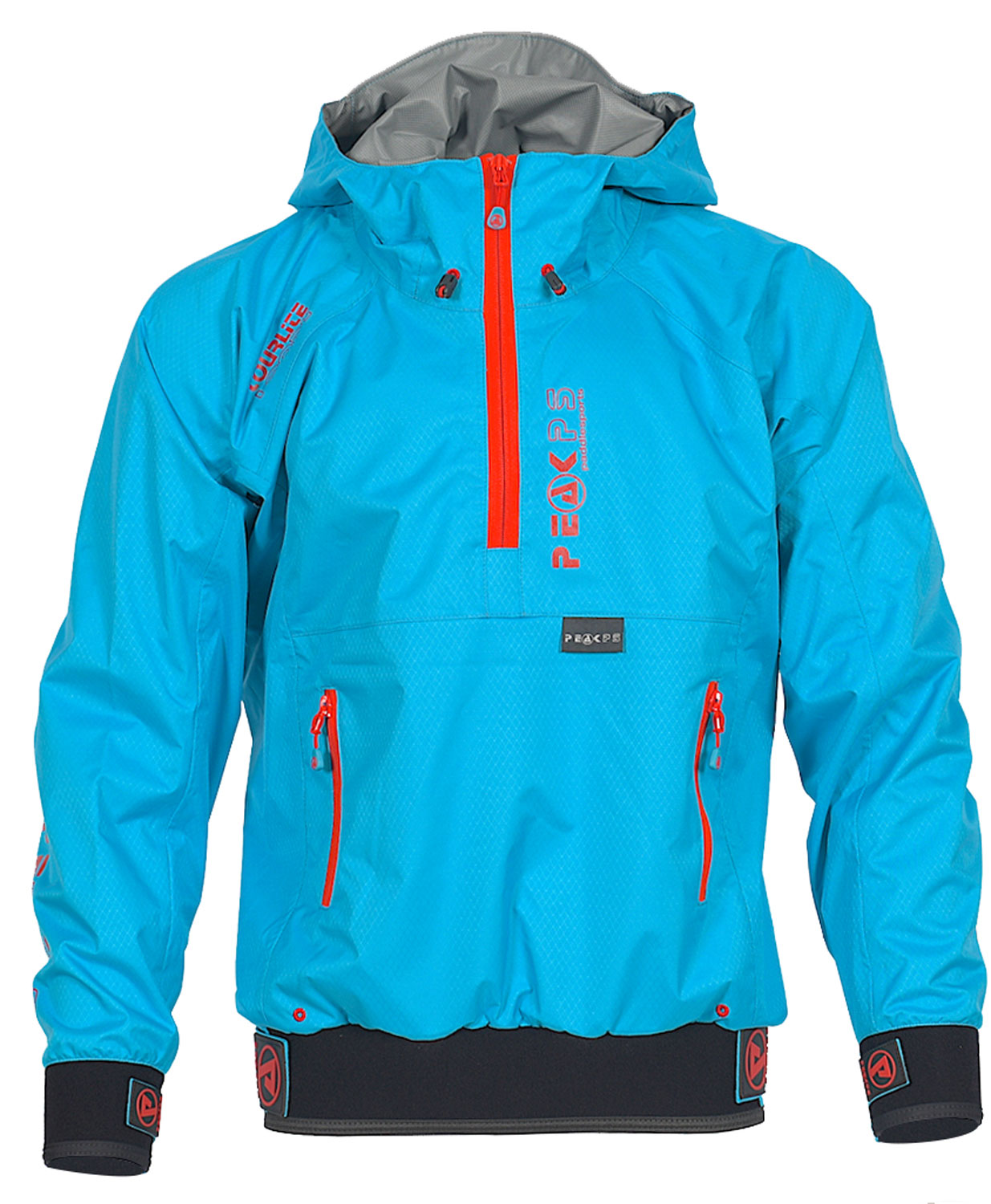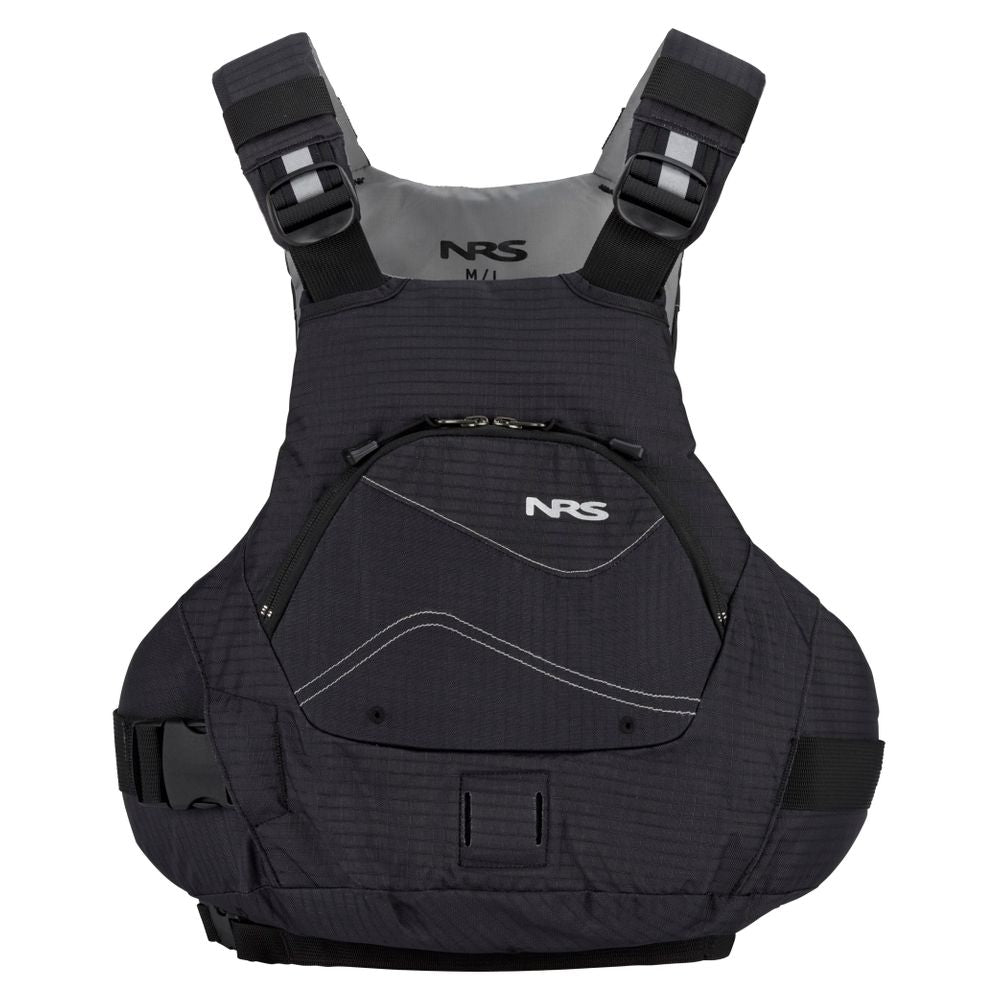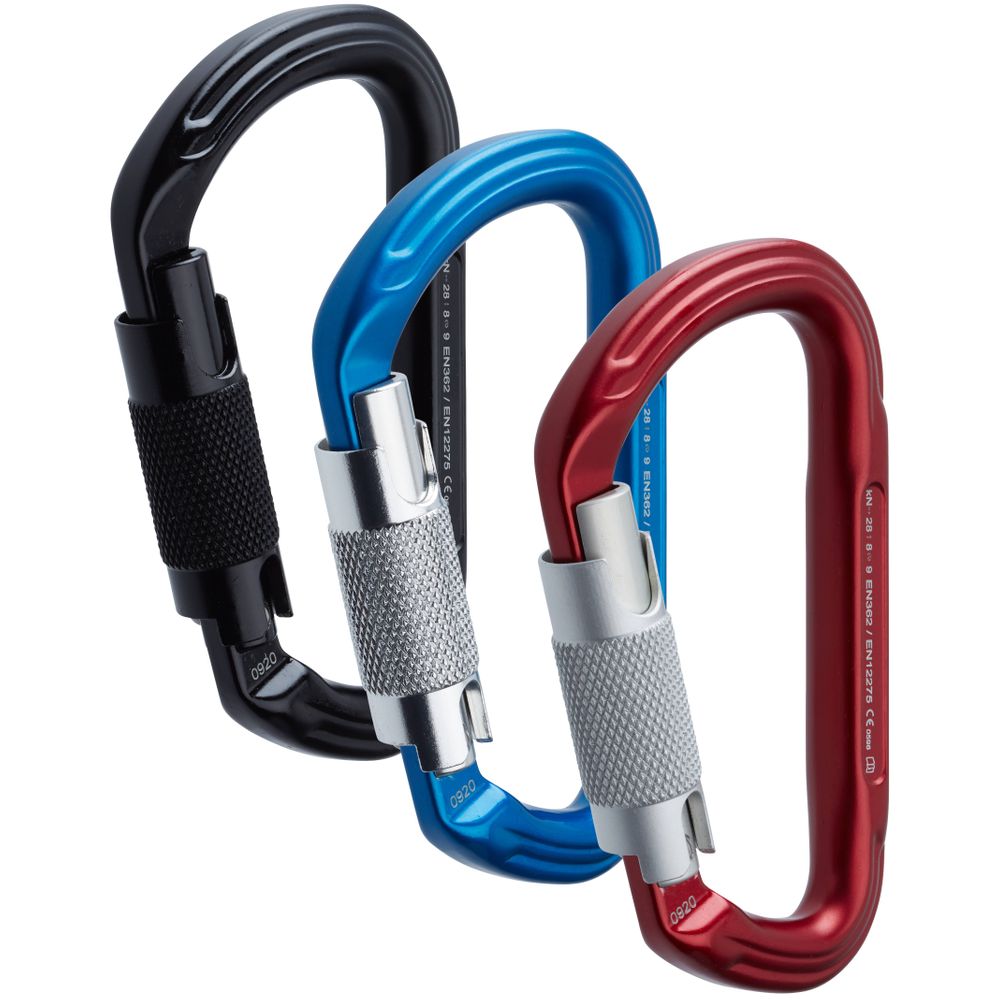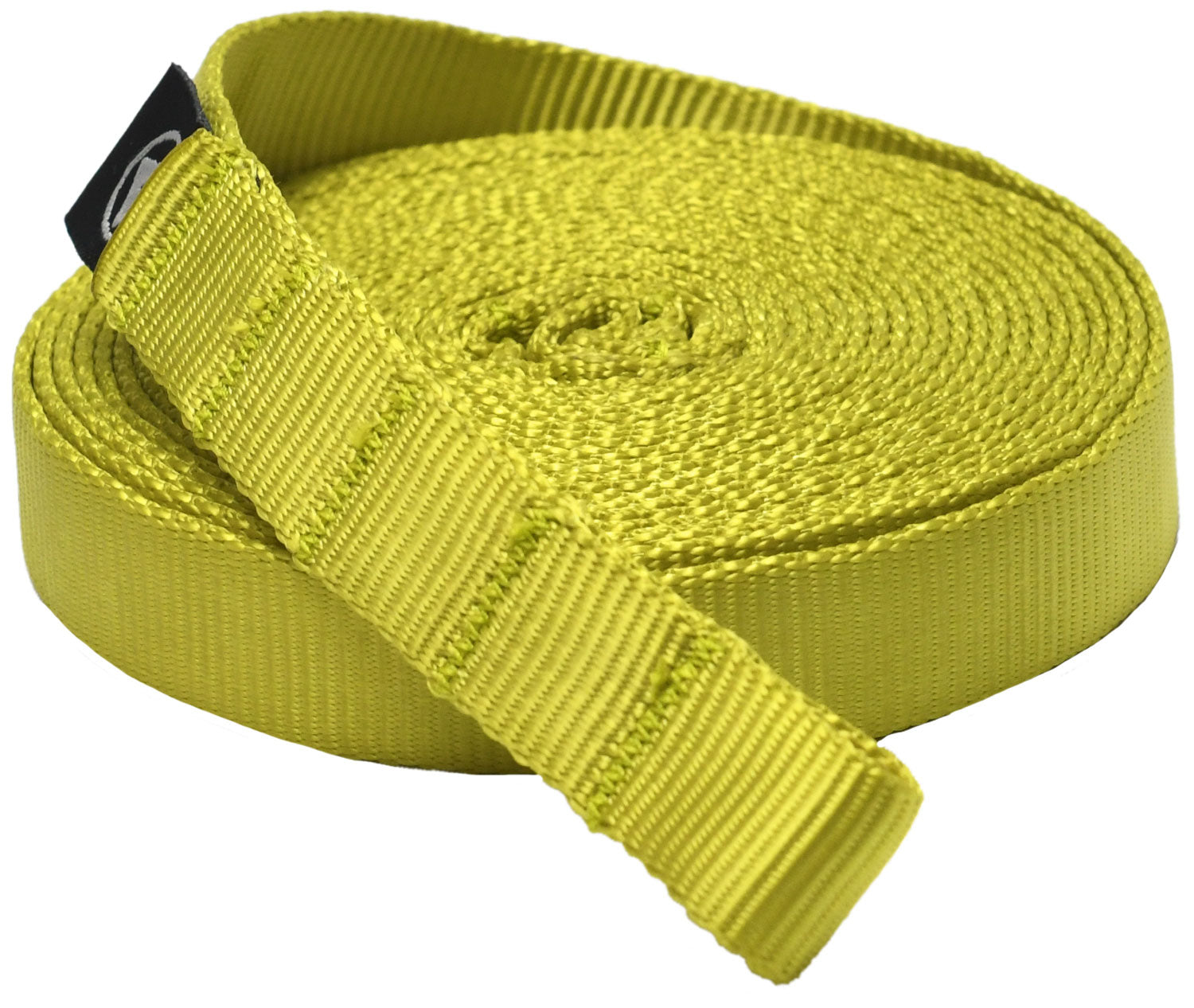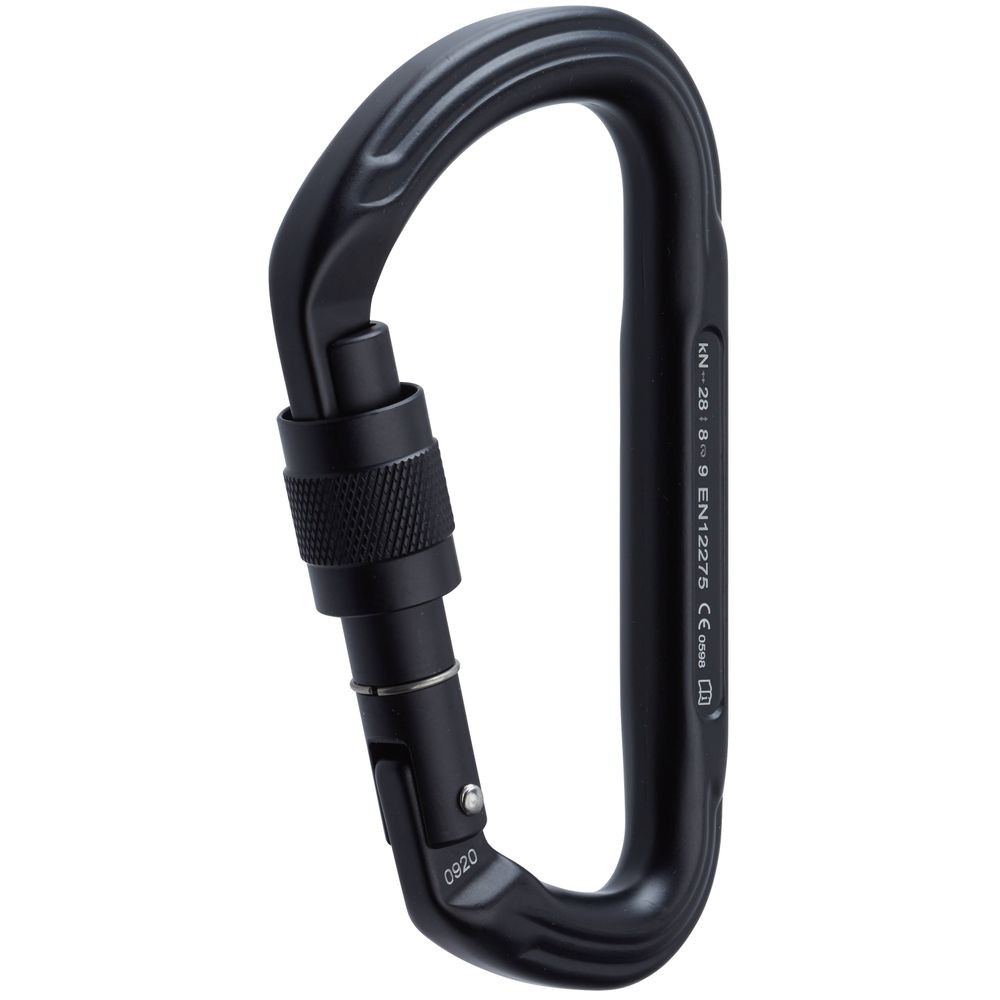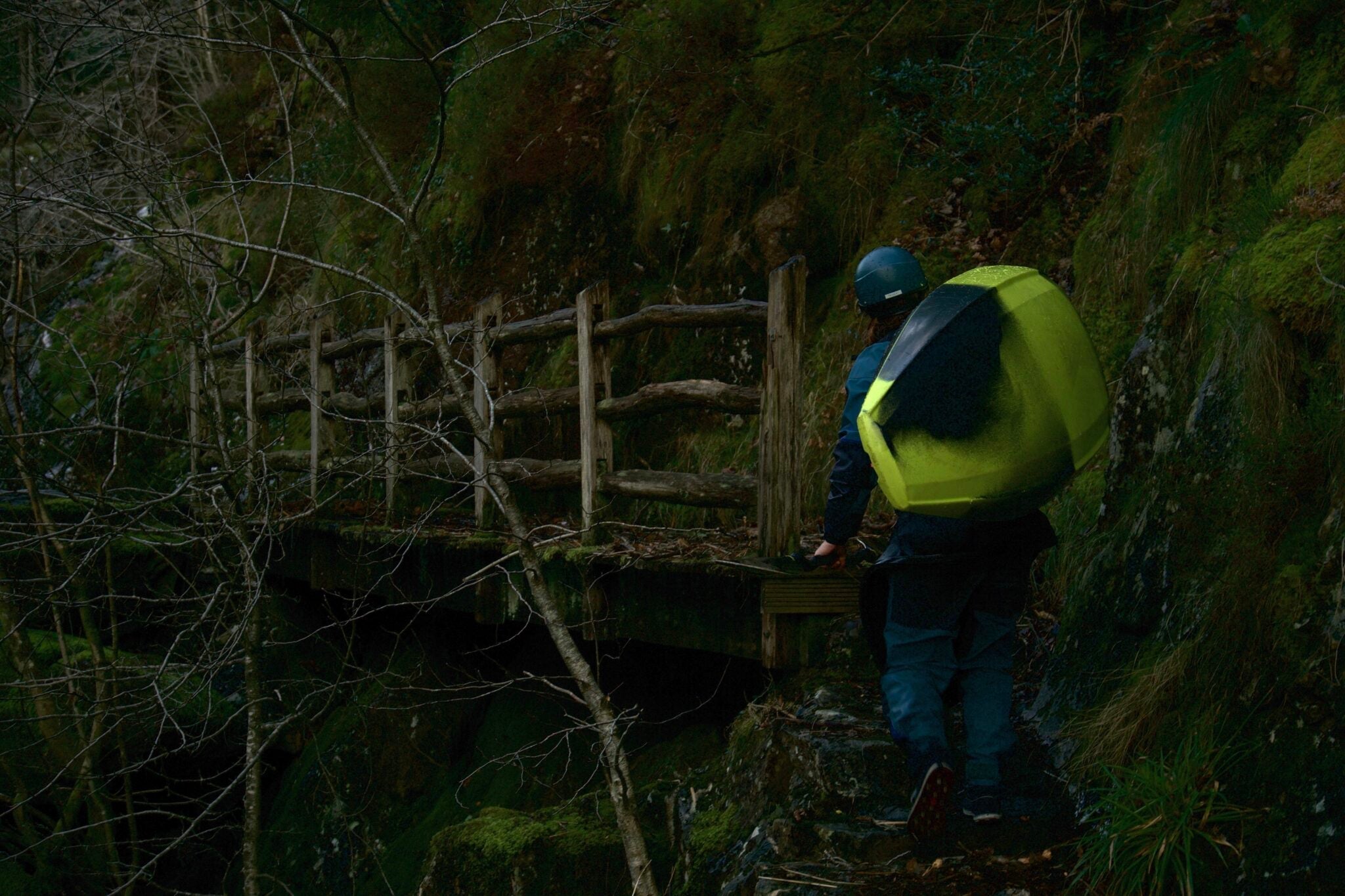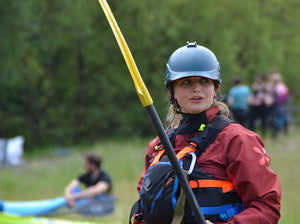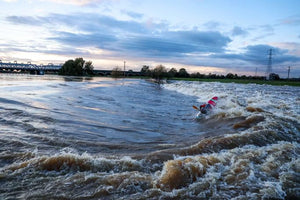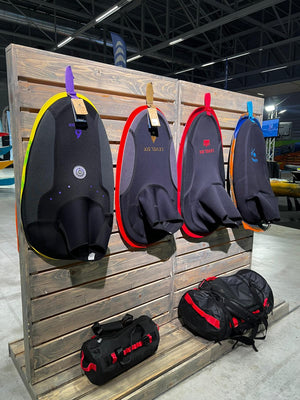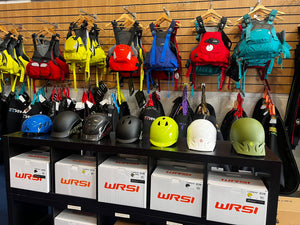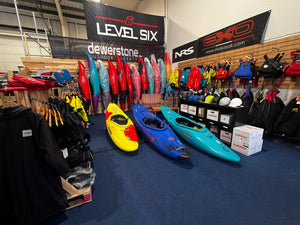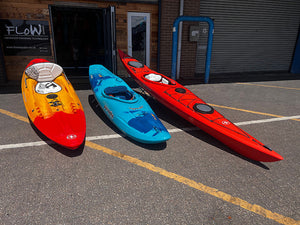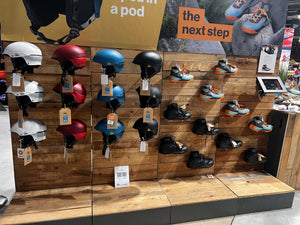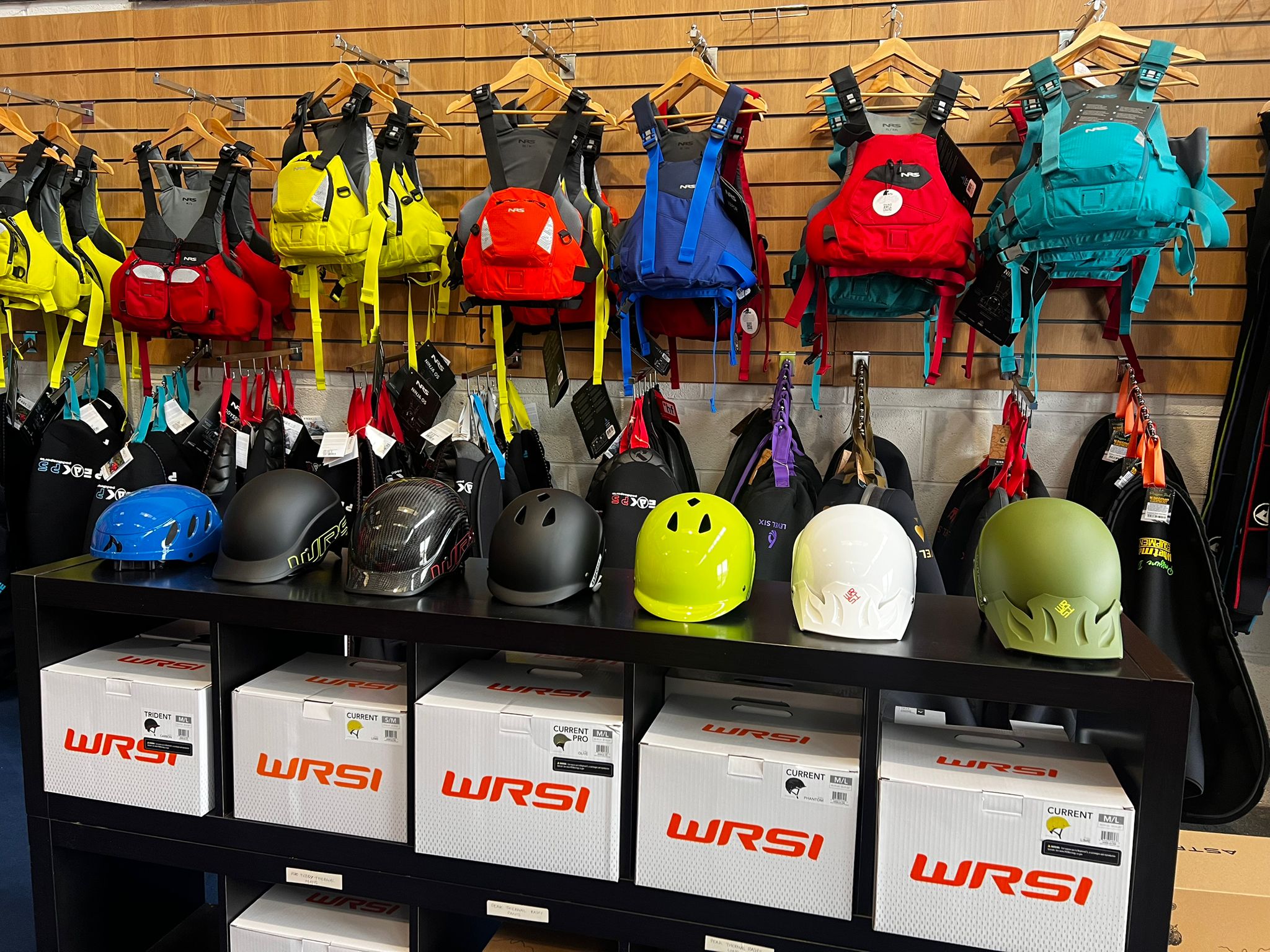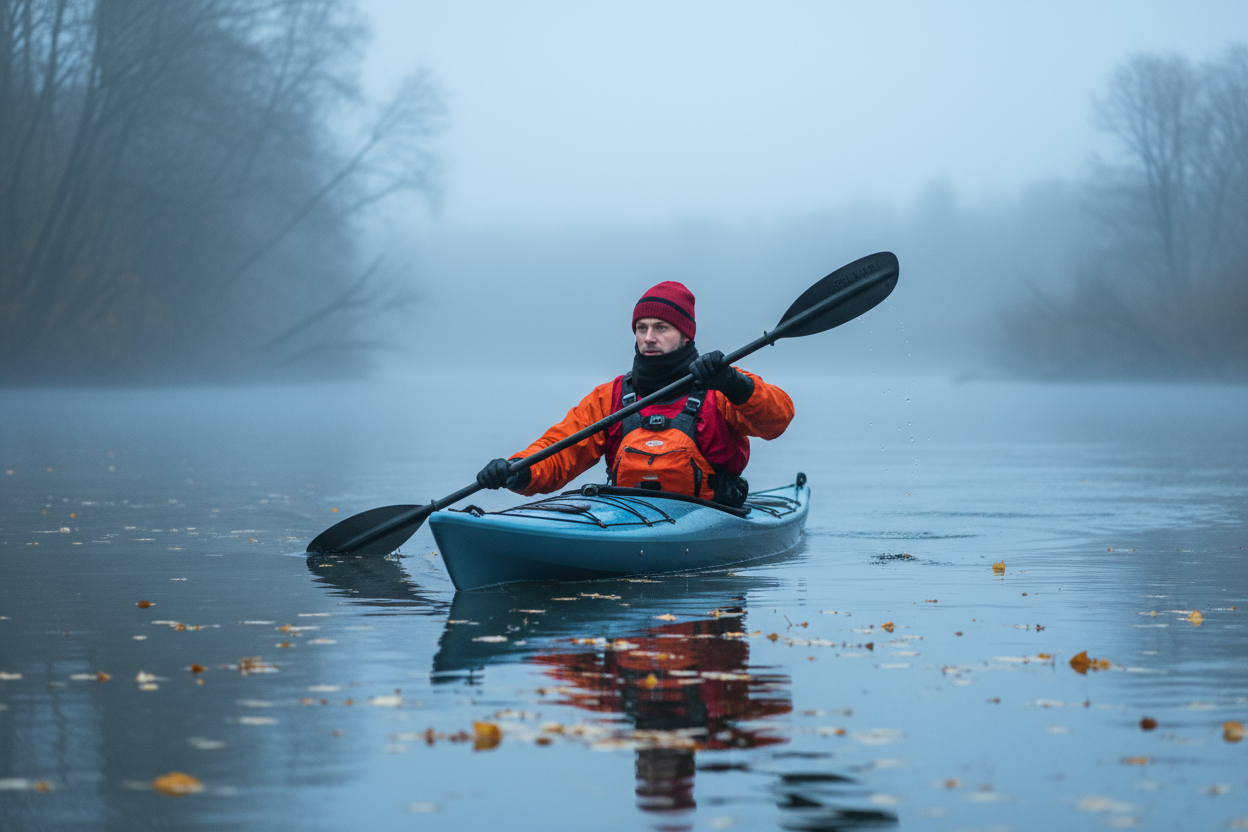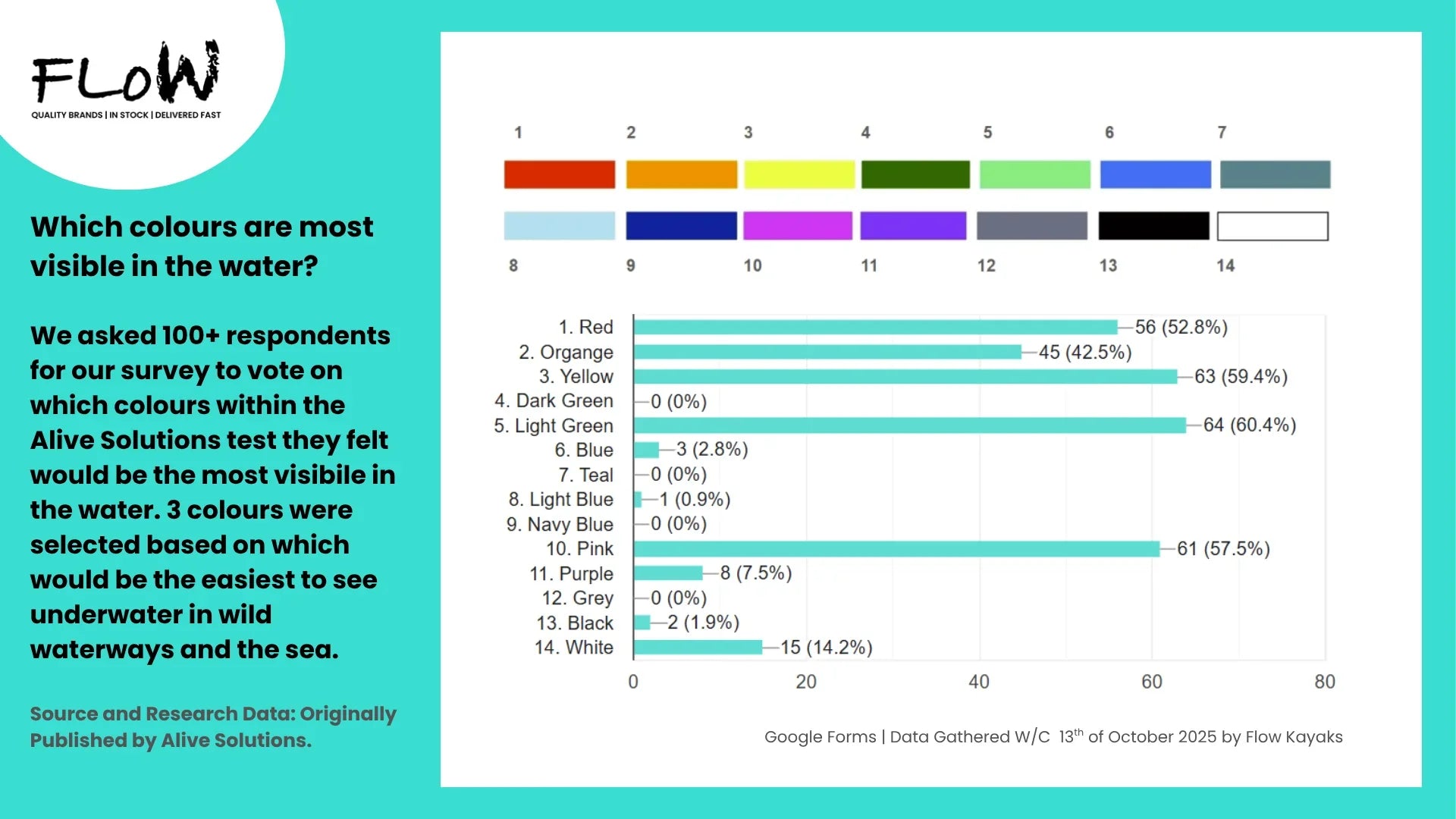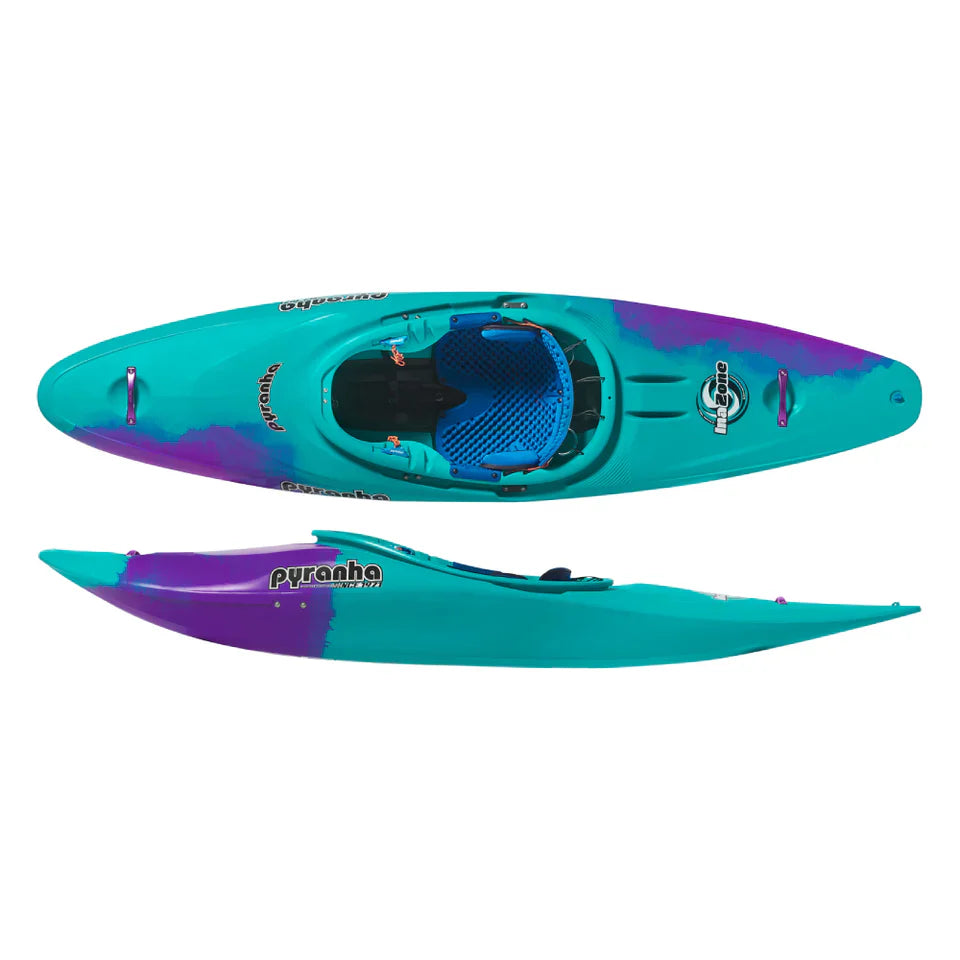What is the difference between a canoe and a kayak?
Are you just getting into paddling, or maybe someone you love is just getting into it and you want to be supportive, but don’t really understand what’s going on yet? You may find yourself asking “what’s the difference between a canoe and a kayak?” And if you don’t want to feel like a lemon asking this out loud surrounded by kayakers and canoeists, don’t worry, we’ve got your back!
There are two main differences between a canoe and a kayak. The first is the type of paddle or blade you use to interact with the water; in a canoe, the paddler will use a single blade, sometimes switching hands, and sometimes only paddling on one side of their craft with occasional ‘crossbow’ paddle strokes. Alternatively, in a kayak, the paddler will use a paddle with a blade at either end, being able to paddle on both sides of their craft without the need to ‘crossbow’ or switch their hand position.
The other major difference you will see is the sitting position within the craft. A paddler will sit in a kayak as they would on the floor, whereas in a canoe, paddlers are more often found kneeling or on a bench.
Because of these differences, there is often a difference in the boat shape of kayaks and canoes, even within different disciplines of kayaking. For example…
Touring Kayaks and Canoes
Touring boats have the most obvious difference between canoes and kayaks, with most touring kayaks being low to the water, and approximately the width of one person. The most common canoes, on the other hand, are what most people picture in their minds; a lightweight, pointy bathtub.


Slalom
In slalom, the differences between a canoe and a kayak become more subtle, with the boats taking similar shapes and sizes. However, the key differences of blade and seating position do have some impact on boat design. Typically, a slalom canoe will have more width in the centre of the boat, giving more room for the paddler’s legs under their body, and as a result have a very tight turning circle.
Whitewater and Freestyle
If you see someone in a canoe paddling freestyle or whitewater, just know that they are dedicated to their sport. Most canoe paddlers in whitewater and freestyle have modified a kayak themselves, removing the seat and adding a ‘saddle’, and retrofitting straps to hold them in place. Of course, there are the impressive few who take an open canoe out on whitewater too.


Sprint
Sprint is another discipline where it’s a little easier to tell the canoes and kayaks apart, if only because you can see their legs. While the boat designs are broadly similar, in canoe sprint you will see paddlers in a ‘high-kneel’ position. The paddler will have one foot in front of them, in a lunge position, giving them reach forwards, for longer, faster paddle strokes.


So there’s a few examples of the difference between a canoe and a kayak.
An additional little tip, just because we are too good to you: At an event or a race, you may well hear categories described by a letter (or two!) and a number. These letters are K (kayak), C (canoe), or OC(open canoe), and so will tell you which boats you are likely to see on the water next. The number then refers to how many people will be in the boat. For example, C2 refers to two people canoeing in one boat!
Article by Tamsyn McConchie

